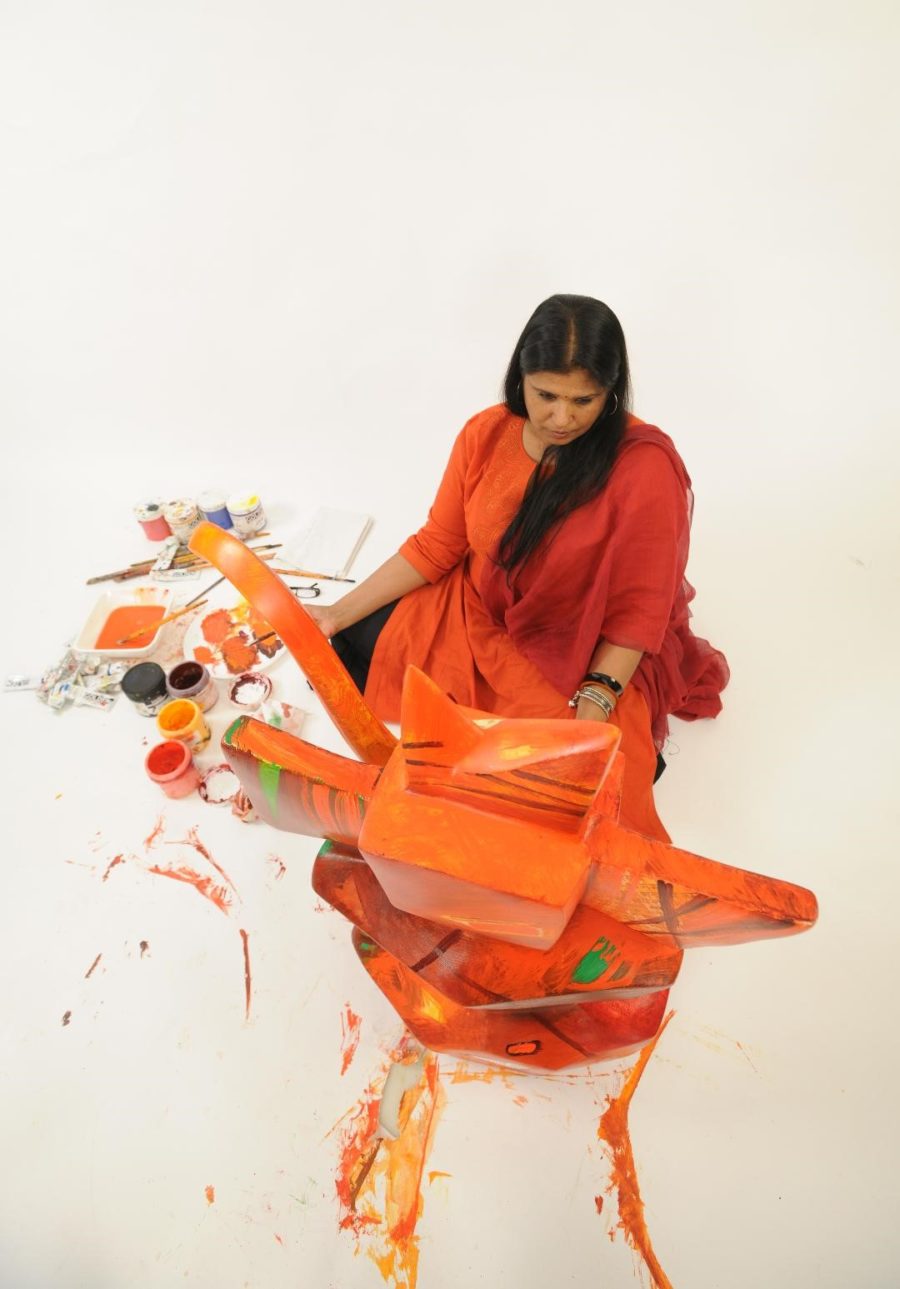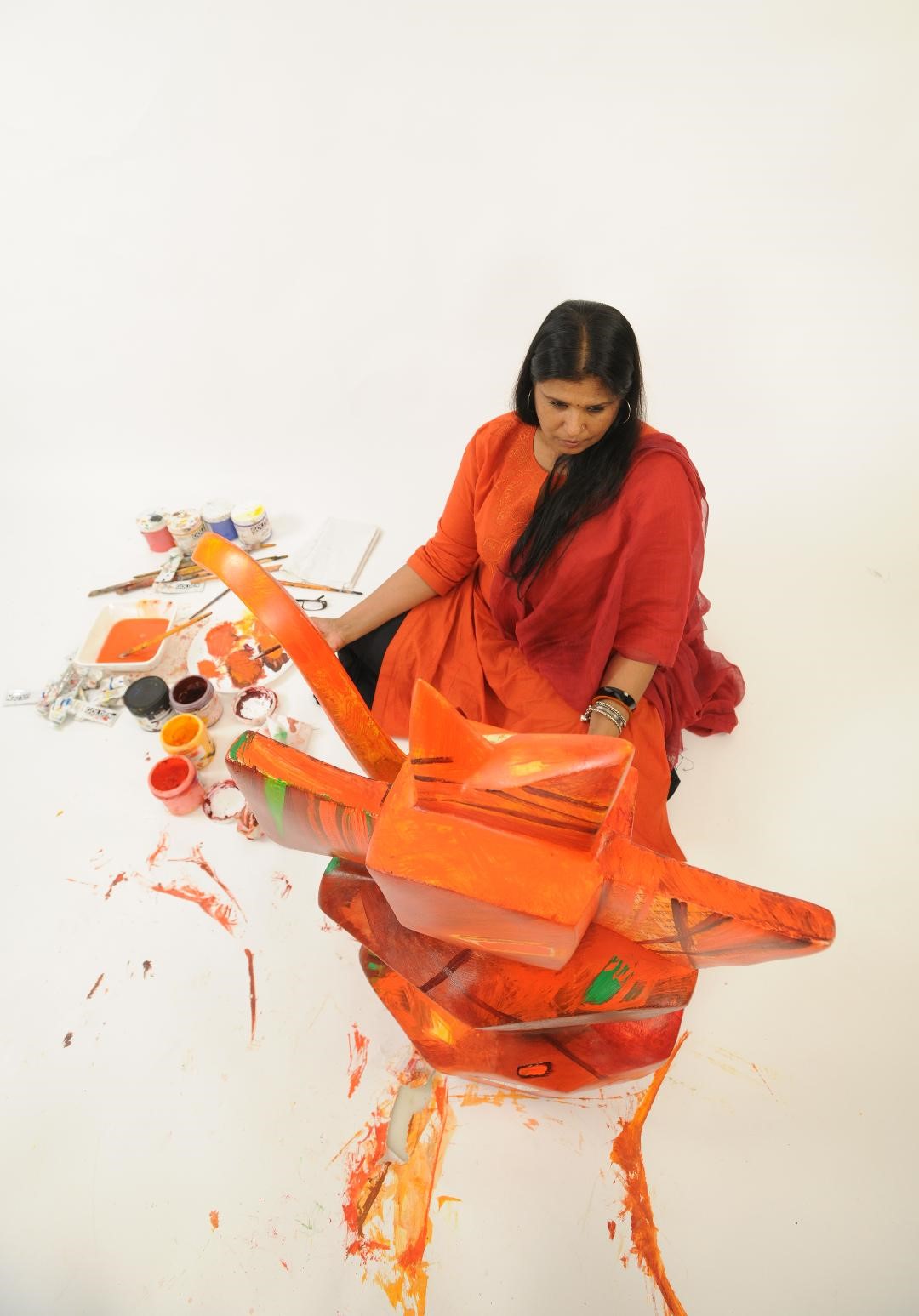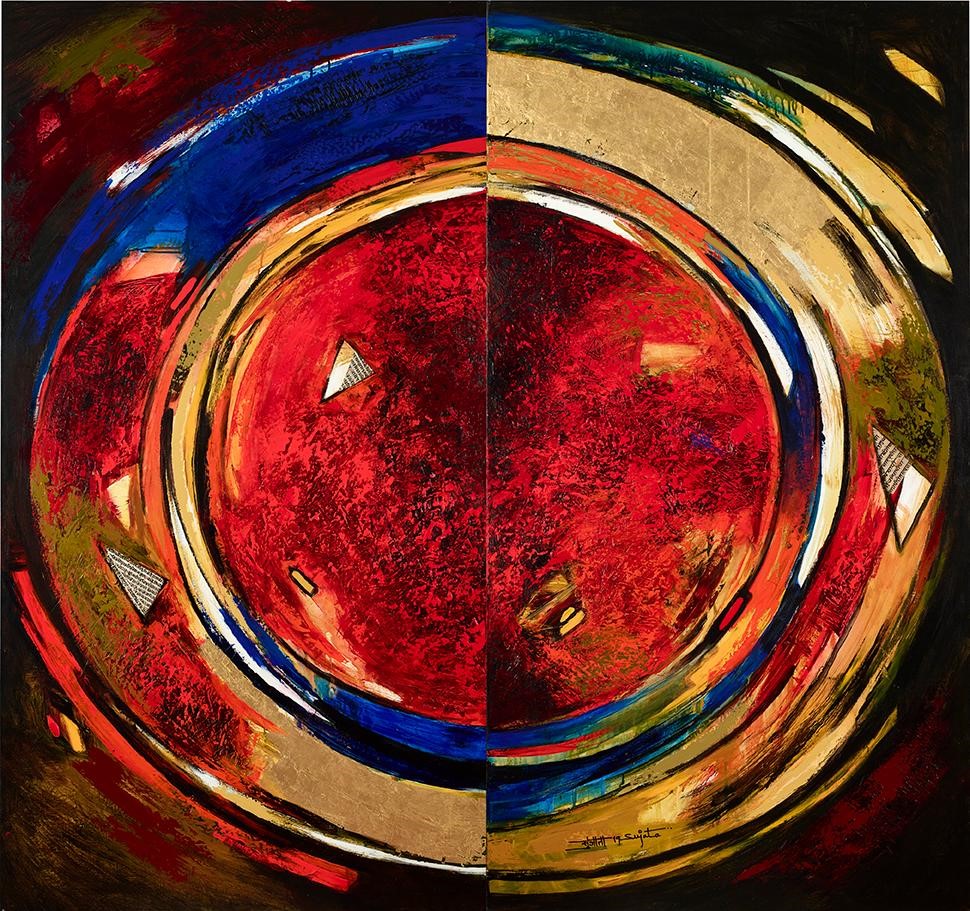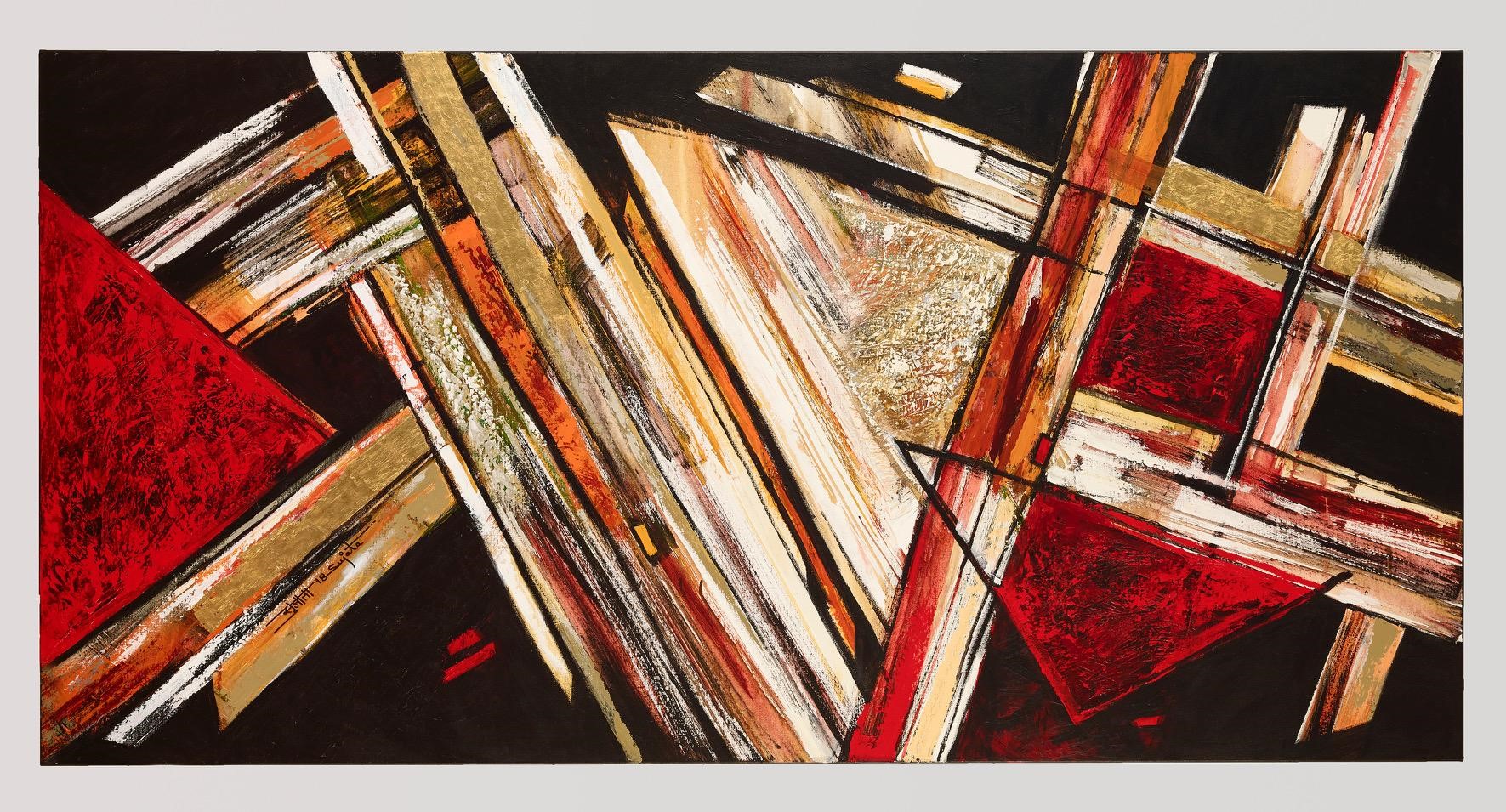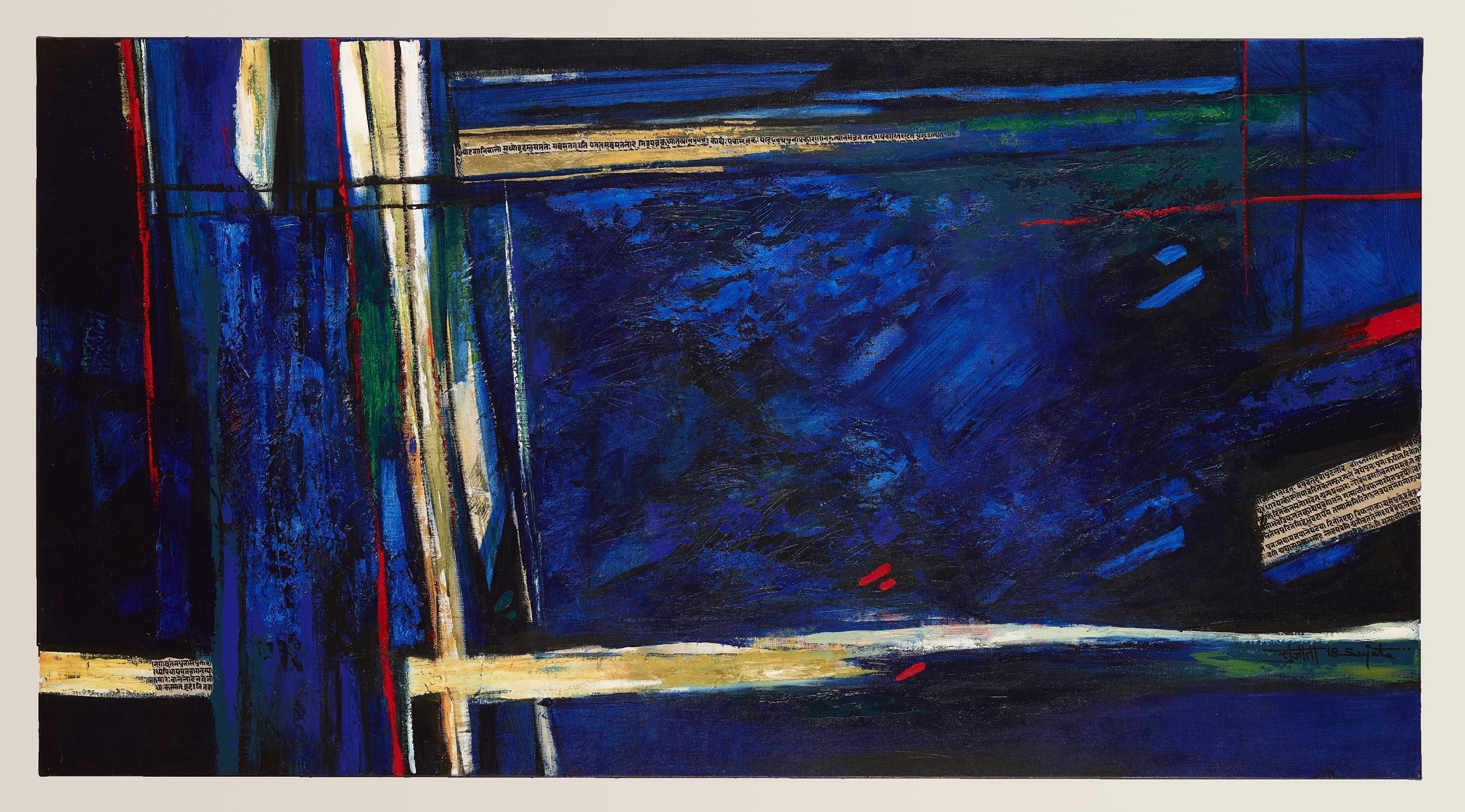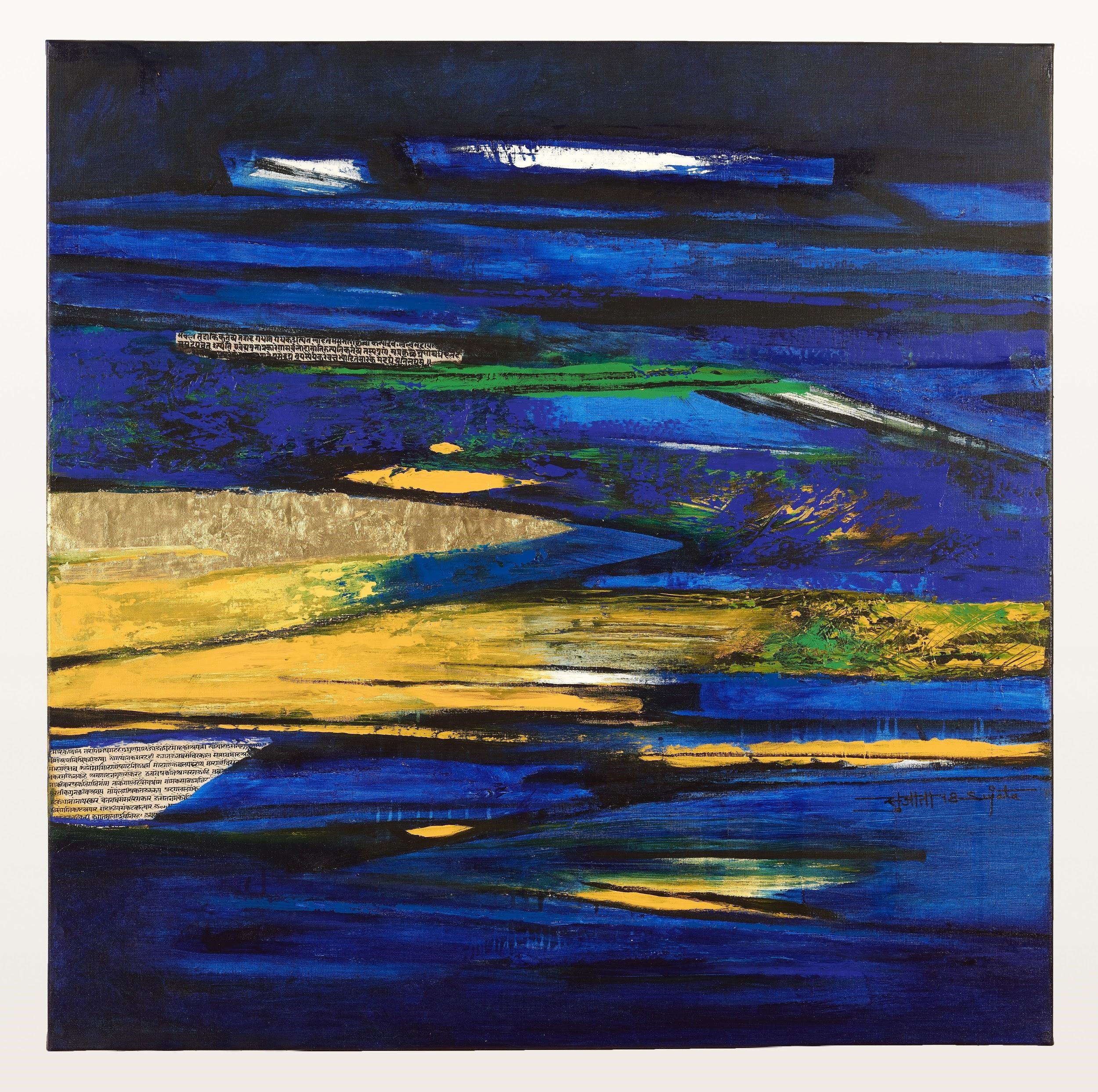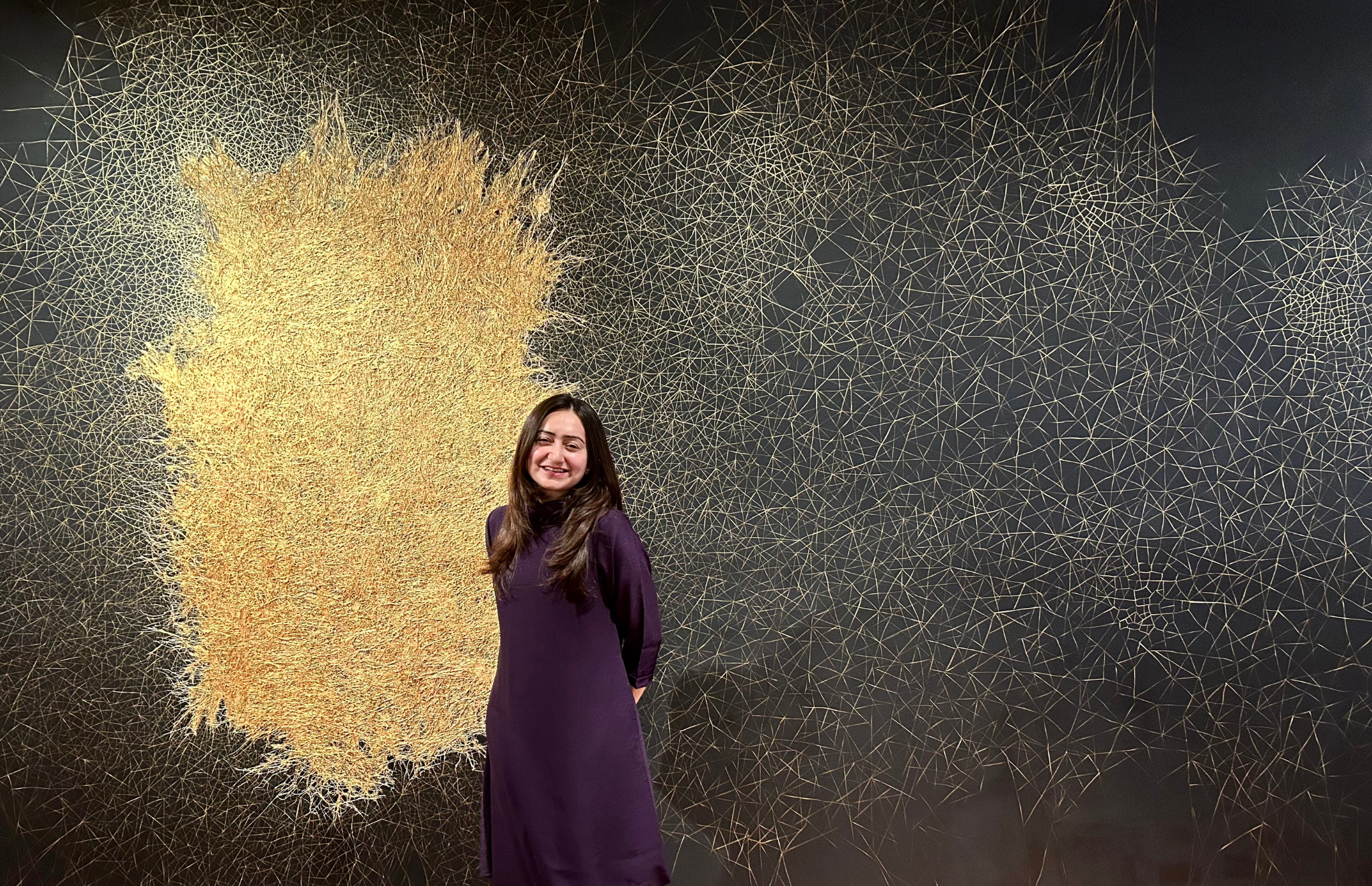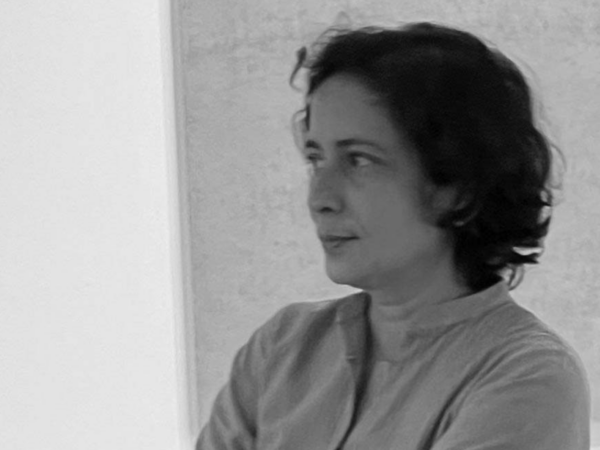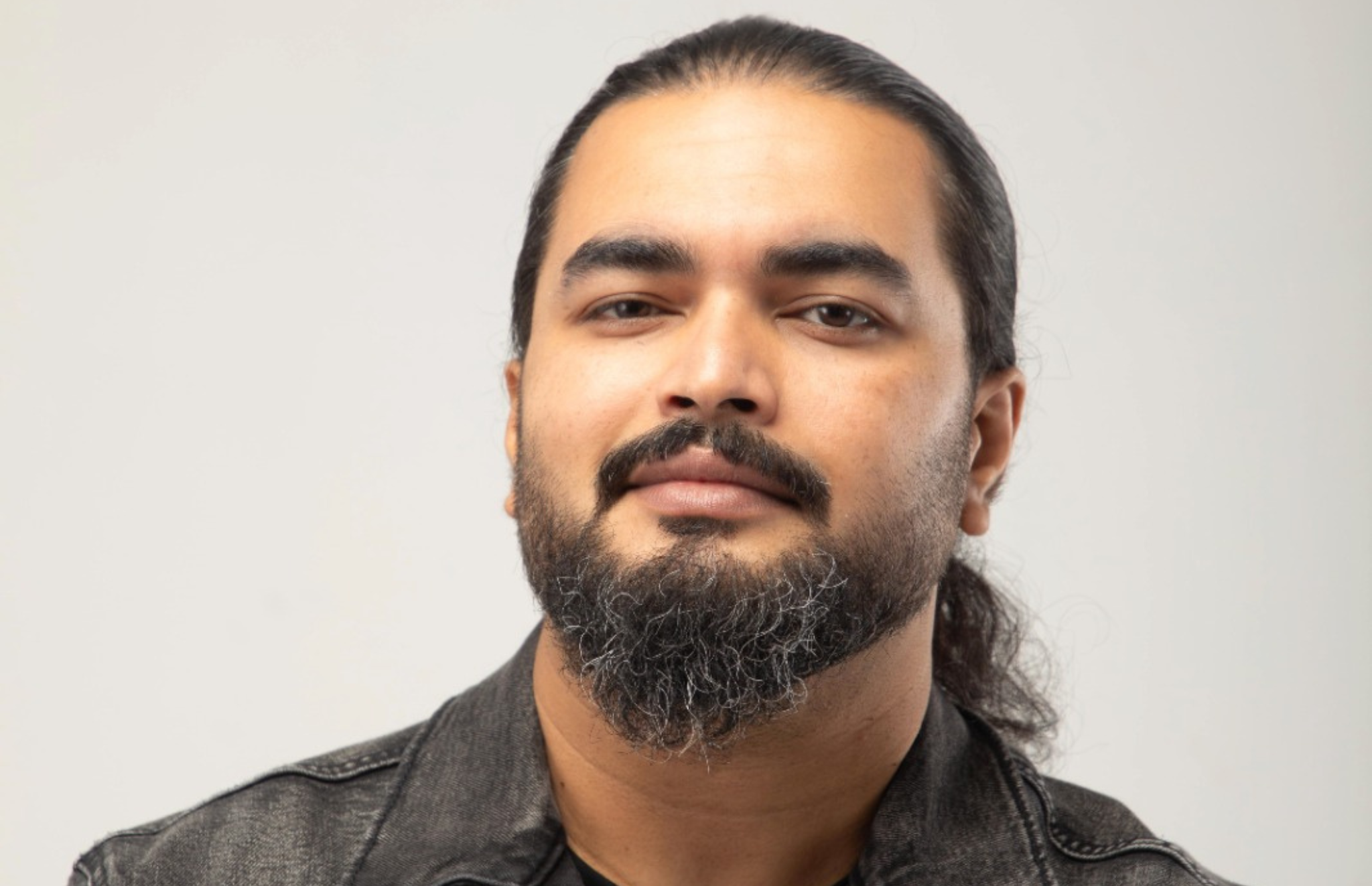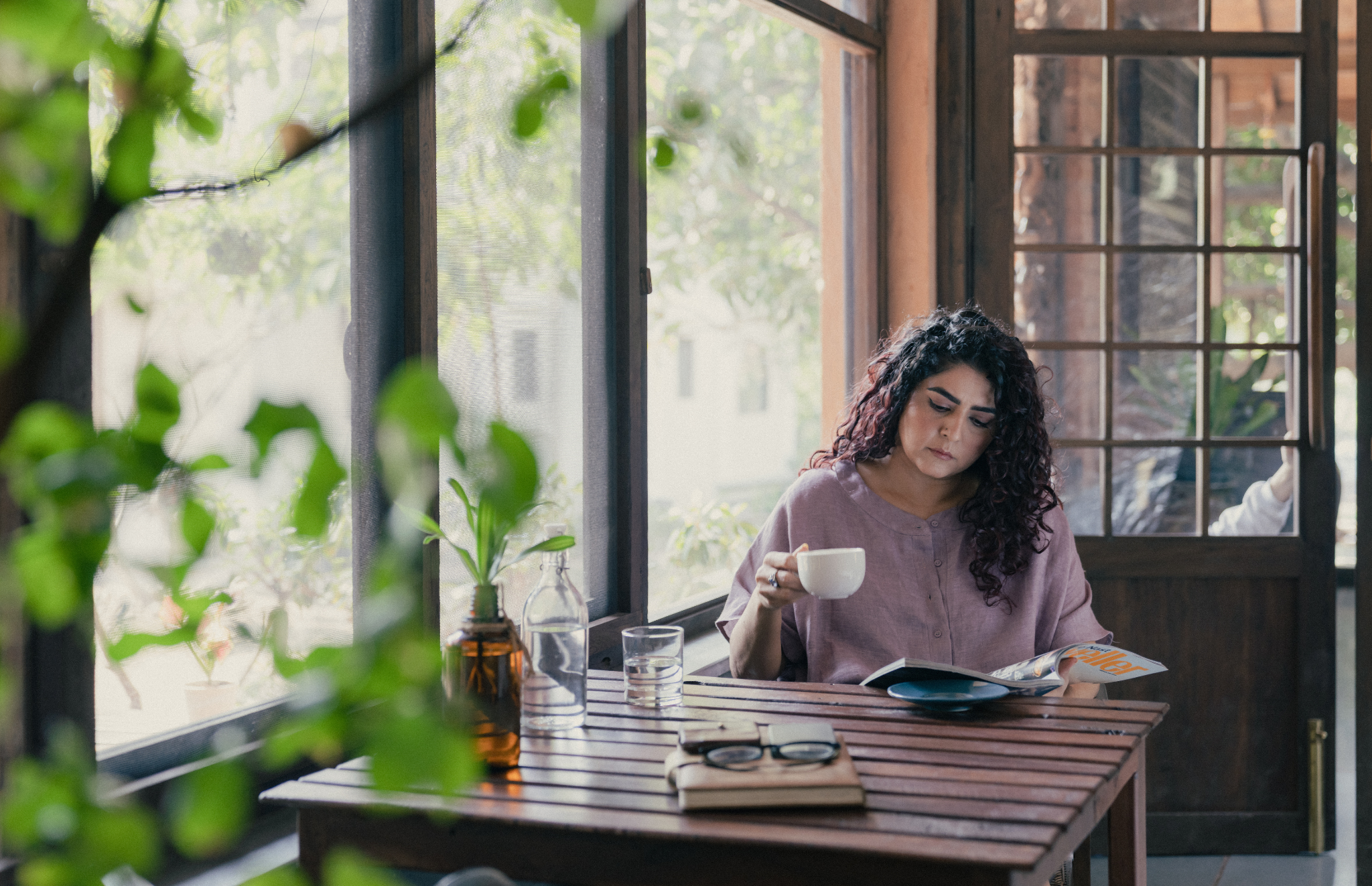Sujata Bajaj was born in India, learned the alphabet in Jaipur, drew her lines in Pune, and found her grammar in Paris. Her artistic world is locatable, but not limited between India, Paris, Dubai, and Norway. Daughter of Radhakrishnaji & Anasuyadevi Bajaj, Wardha, India. Born and schooled in Jaipur, India.
SP: Brief Introduction and early education inspirations?
SB: My life is a beautiful blend of Gandhian philosophy and my ever-inspiring Rajasthani roots. My father, the late Radhakrishnaji Bajaj, a dedicated Gandhian, was born in a place called Shekhavati. Responding to Gandhiji and his uncle Jamnalalji bajaj call, he shifted to Wardha and spent most of his life there, working for India’s freedom and promulgating the ideas of Gandhiji and Vinobaji, to both of whom he was very close to. As for me, I was born in Jaipur where I spent my childhood and formative years. The rich cultural diversity and the vibrant colors of the city have made such a strong impression on me that they have become an inseparable part of me, so much so that I breathe, eat and exist with colors! I think my upbringing is the biggest gift that life has given me. I had parents very supportive of my artistic aspirations, they encouraged me every step of the way – whether it was pursuing a PhD in tribal art (not the safest areas one might note!), moving to Paris for a scholarship, nothing seemed out of reach and they always backed me fully. I always say this, that though they belonged to a generation (two generations back) usually known for being highly conservative, there was a very strong sense of mental liberation in the ways they chose to raise me. There was far less pressure of conventions and society and whatnot, something I often saw my friends having to tackle throughout their life. They did not care what other people thought: sure my daughter is an artist, sure she is moving to France unmarried, sure she is marrying a European… This is the strongest lesson I took away and it meant that I, in turn, did not let other people’s opinions dictate my life and career either. The bliss of being unburdened was key in giving my early creativity the room to flourish and take its natural course, as I knew I could allow it to shape itself however it wished. This is how my journey in the arts began and this is how it continued. Today I live a very international life between Paris, Dubai, and India. Norway on top of this is a country I got through my marriage. In addition, I am fortunate to be able to travel extensively with my husband and daughter every few months visiting new countries exploring new cultures.
SP: Which artists are you most influenced by?
SB: I would say, within the Indian art space, S.H Raza. He was not only someone I admired greatly as a young artist, but I was fortunate enough to have him as one of my closest friends for 25 years. We must have exchanged over 100 handwritten letters discussing artistic matters, colors, forms, and lines endlessly. Never have I met anyone I could have these types of conversations with. He was instrumental in helping construct my early path as an emerging painter. Raza was my witness when I got married in Paris. Another Indian master I admire is Gaitonde, I have a great artistic attachment to the sensibility present in his works. I feel I can get lost in them, and revel in the emotions his strokes leave behind. If we think globally, names that stand out would be Chagall, Rothko, Hundertwasser, Zao Wou-KI. Again I think it is about the relationship to color. I find myself mostly in awe of creatives who foster a special affection for colors perhaps because I find such art easy to relate to; I am myself a colorist in every sense.
SP: What inspires you?
SB: Anything and everything. Artists often have big stories and tales of inspiration hitting them one day like a storm as they sit in a studio with no clue what to make next. Perhaps this is true for most but I have found in my case it can be anything from an encounter with an interesting person, a thought-provoking discussion. A new culinary experience. A new travel experience. Natural landscapes, oceans, deserts, dunes… these especially provoke strong emotions in me, I can sit by them for hours and get creatively charged. Anything that makes you feel something can in turn inspire your work. I wouldn’t be able to narrow this down. It is the experience of life as a whole and the many small particles that make it sparkle.
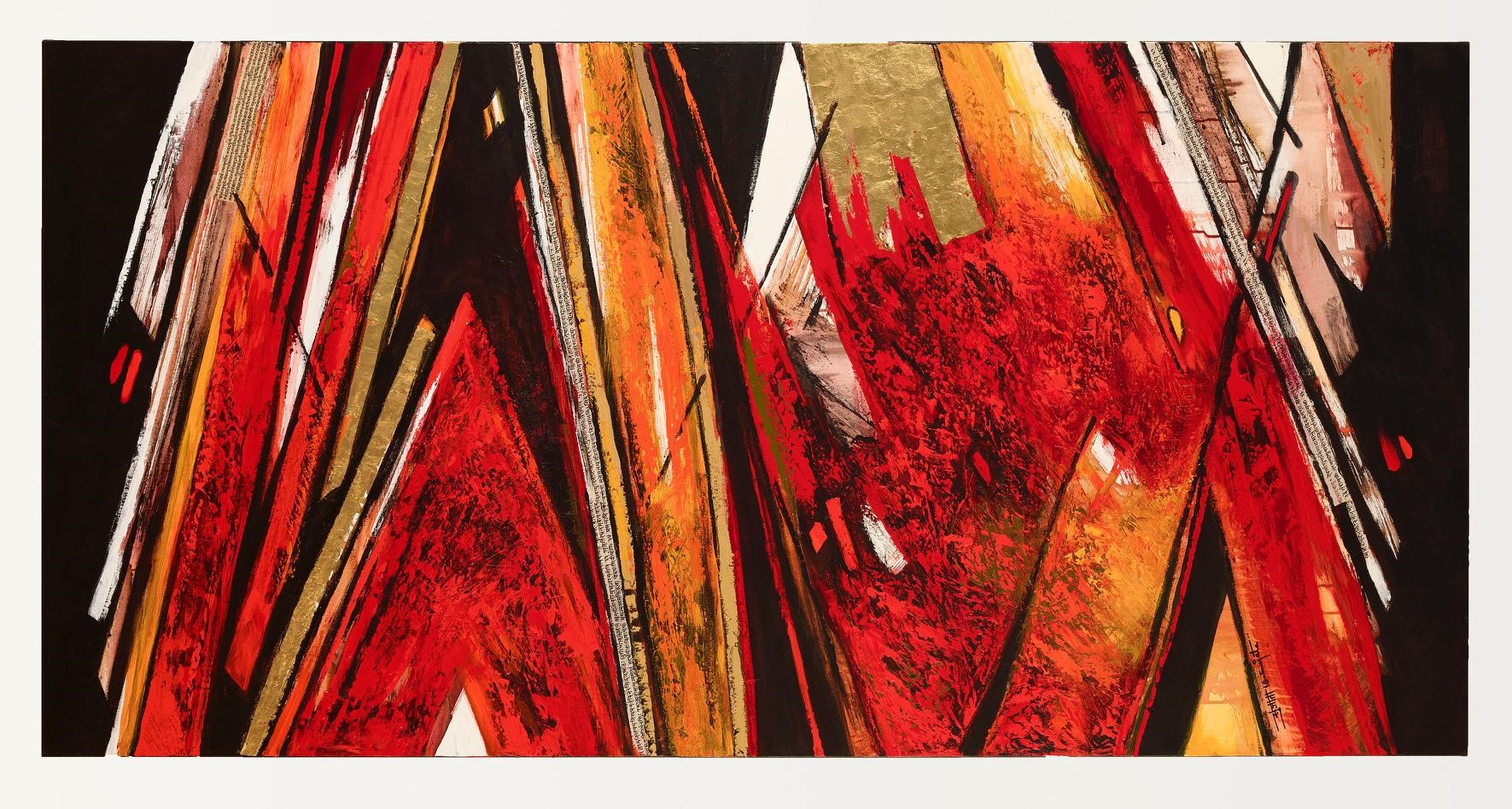 Ascent, acrylic on canvas,100*200cm, 2018
Ascent, acrylic on canvas,100*200cm, 2018
SP: How does your work comment on current and social or political issues?
SB: To be honest, I have never really tried to be politically forward in my work. Politics and society are terms that come laced with opinions, judgment, allies and enemies, norms and conventions, rights, and wrongs. Though for sure I am not discrediting artists who today find it calling to depict the difficulties and injustices of our time, I personally felt my calling was to lay out hope and more positive thoughts onto a canvas. I wished for each stroke to bring bliss, assurance, and comfort. My canvas should feel like a friend when you walk into the room. Just like we enjoy surrounding ourselves with positive people, I equate my work to this idea. It is meant to add an encouraging presence to your home, after all such an important space in your life. I am not trying to show you what’s happening or teach you something or convince you of something, I simply want to support you the best I can, life is hard enough as it is. In fact, a lot of dear collectors have rung me up in these last two months of lockdown and told me they feel grateful for the ray of sunshine that my paintings have been for them.
SP: Who are your biggest influences?.
SB:My mother was a great influence, she was the strongest person I have encountered in my lifetime. Though I have been across the world and met a lot of people of all kinds, I still stand by this. The grace and confidence with which she tackled incredibly unsettling situations and difficult times can only make me want to be even half that person. Today those memories make me thrive for better on a daily basis and her influence is certainly intimately woven into my subconscious.
SP: Would you describe a seminal experience that has impacted your practice?.
SB: I don’t think I can think of one moment that has impacted me as there are so many. My move across continents, my friendship with Raza-Sahab, my inspirational professors in college, my Gandhian background. There are so many and choosing one would be like dismissing others. But I can tell you what in general informs my practice – the calm and positive moments in my life. I paint when I feel at peace and this is why what you see pouring out of my brush is not anger, not rebellion or depression. It is always an attempt to share the harmony I am feeling inside and not putting words to it, but putting colors to it. I match a color to a feeling of joy. A lot of artists draw their work from painful experience, and this can be incredibly powerful, but as I said earlier, my personal calling seems to be more about dreams and hope rather than translating current events into my work. I can only work when I am in a good place mentally. It is not something I use to pick myself up, I do not want to burden my viewer with heaviness, but shed some light and hope it lands somewhere it is needed.
SP: Do you have any upcoming shows?
SB:There was going to be a large show at a museum in France last month but unfortunately, due to current events, this had to be canceled. But I remain positive and hope things will recover shortly. I’m planning a couple of exciting things that I look forward to revealing when the time comes!
SP: Is the viewer present in your mind while you create your artwork?
SB:I do not have a specific audience in mind, no. I want my work to be enjoyed by the widest, most diverse range of people possible. I do not make art that is meant to especially appeal to an idea of who my buyer is or would be. The colors spilling onto the surface are free to be interpreted whichever way helps the viewer best connect to it.
Image Courtesy: Sujata Bajaj
Find out more about the artist:
https://www.saffronart.com/fixed/saffroncatalog.aspx?pt=2&eid=4174
https://m.youtube.com/watch?v=dYuKQZuavss

